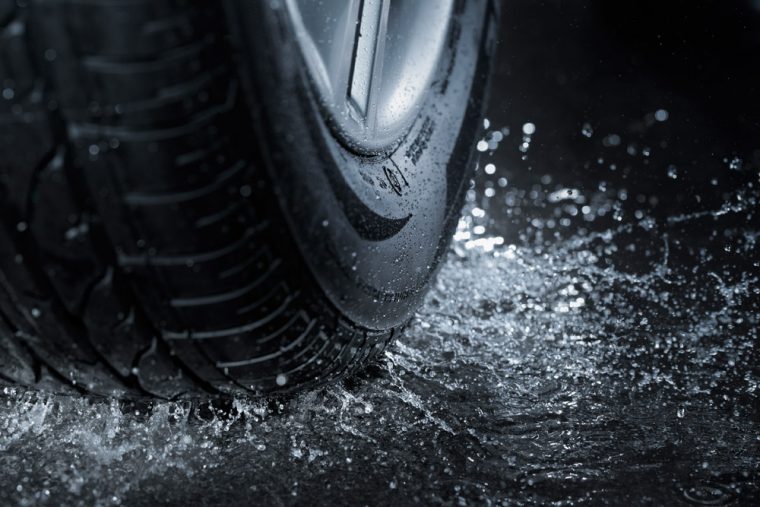What to Do If Your Car Hydroplanes
Winter isn’t the only time of year you need to worry about weather interfering with your driving. The spring showers can wreak their own havoc on your driving, causing your car to hydroplane.
Similar to ice, water on the road creates a barrier between your tires and the pavement. When your vehicle loses its traction because of water on the road, this is called hydroplaning.
If your vehicle begins to hydroplane, don’t panic. Panicking will likely cause you to slam on the brakes or jerk the wheel, both of which would make the situation even worse. By reacting quickly, you run the risk of losing control of your vehicle even further.
Spring Cleaning: Take care of your car this season with these easy cleaning tips
The first thing you should do if your car starts to hydroplane is ease off the accelerator. You want to slow down, yes, but slamming on the brakes will likely cause your car to spin out. If you ease off the accelerator and begin to feel traction return — and you have an Anti-Lock Brake System (ABS) — you can slowly ease onto the brake. If you don’t have ABS, gently pump the brakes. Be cautious as you do this. If you brake too hard and lock up your wheels, your car will begin to slide.
Avoid jerking the wheel in any direction while hydroplaning. If you need to steer, turn the wheel slowly in the direction you want to go. You may not have perfect results every time, but over-correcting with sharp turns will send your car out of control.
In order to prevent hydroplaning, make sure your tires are well-maintained, slow down on wet roads, and avoid driving through standing water.
Green Driving: Mitubishi moves toward a more eco-friendly lineup
Sources: Defensive Driving, WikiHow

The News Wheel is a digital auto magazine providing readers with a fresh perspective on the latest car news. We’re located in the heart of America (Dayton, Ohio) and our goal is to deliver an entertaining and informative perspective on what’s trending in the automotive world. See more articles from The News Wheel.


